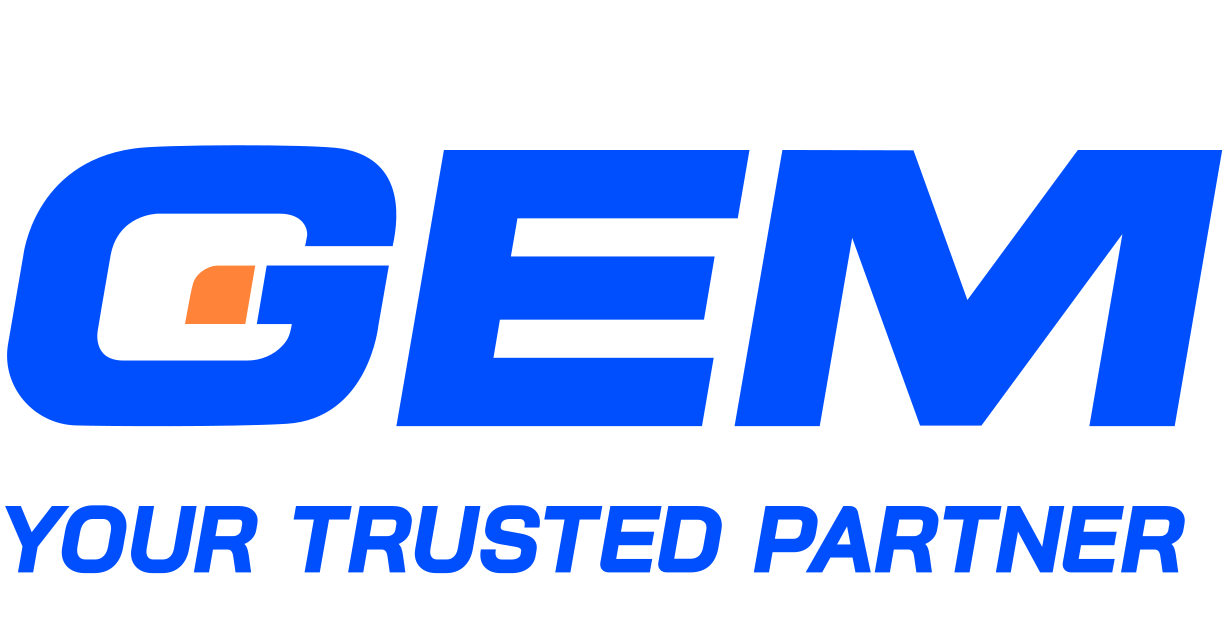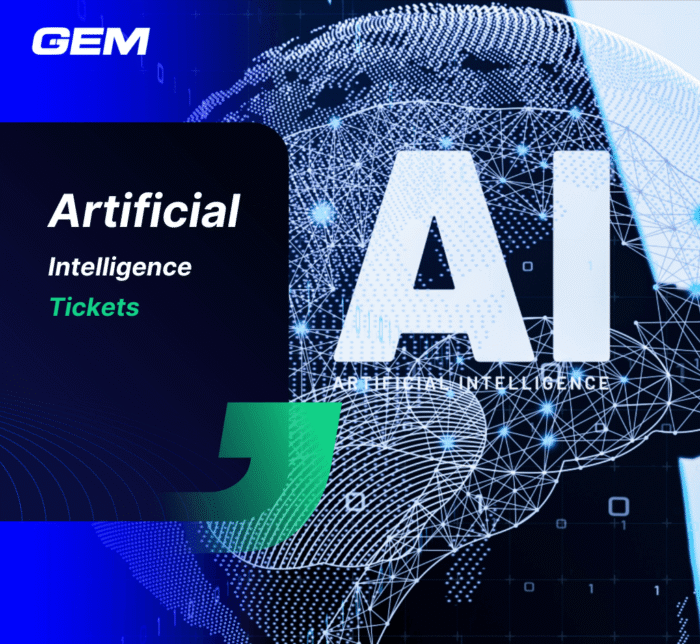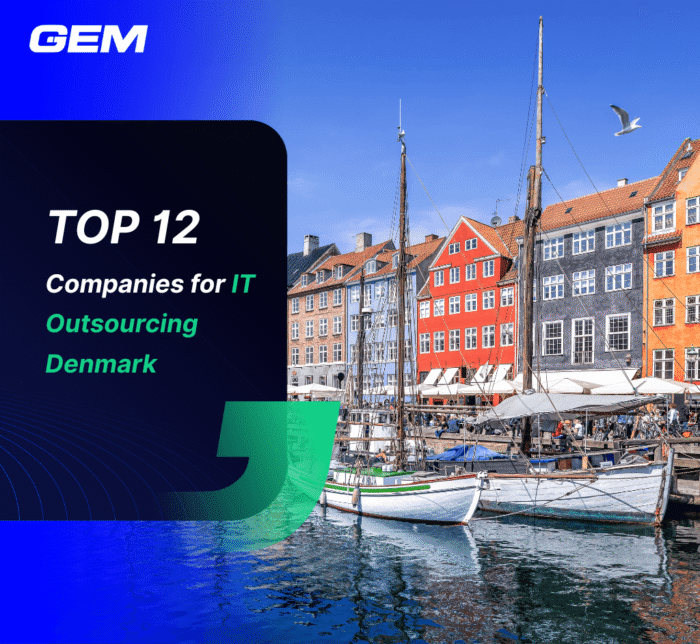Contents
Enterprise adoption of Databricks rarely begins with a platform decision – it starts with a business problem. Whether it’s fragmented data systems, inconsistent governance, or stalled AI initiatives, most organizations look outward before building inward. This is where Databricks Partners come in. Their role is shaping how the platform aligns with real constraints, internal priorities, and long-term strategy. This article looks at key players across consulting, technology, and cloud partnerships, and how each contributes to making Databricks work in production.
What is Databricks?
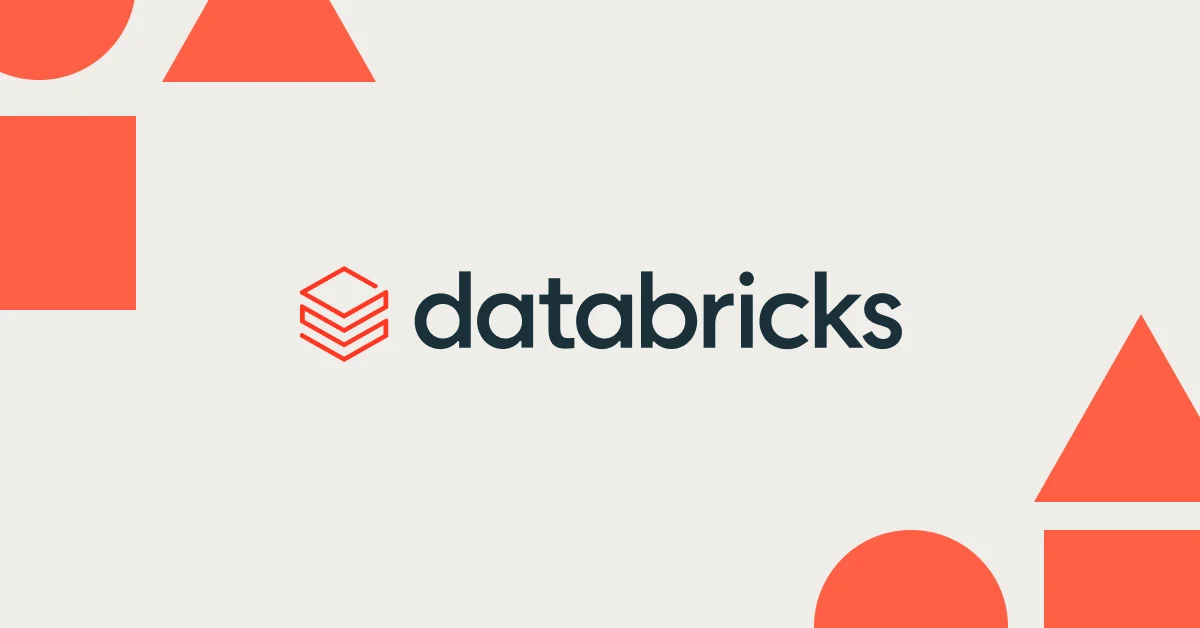
Databricks is an enterprise data platform built on the concept of a Lakehouse architecture, which combines the reliability of data warehouses with the flexibility of data lakes.
Originally developed by the creators of Apache Spark, Databricks supports collaborative data science, machine learning, and analytics at scale. It offers a unified environment where data engineers, analysts, and scientists can work across the full data lifecycle, from ingestion and preparation to modeling and deployment.
Designed to operate in cloud environments such as AWS, Azure, and Google Cloud, Databricks integrates with open-source tools and supports multiple programming languages, including SQL, Python, R, and Scala. This flexibility makes it particularly suited for organizations managing diverse data types, distributed teams, and complex workflows. In practice, Databricks is used to streamline data pipelines, accelerate AI development, and align analytics with business objectives across industries.
Why Enterprises are Turning to Databricks
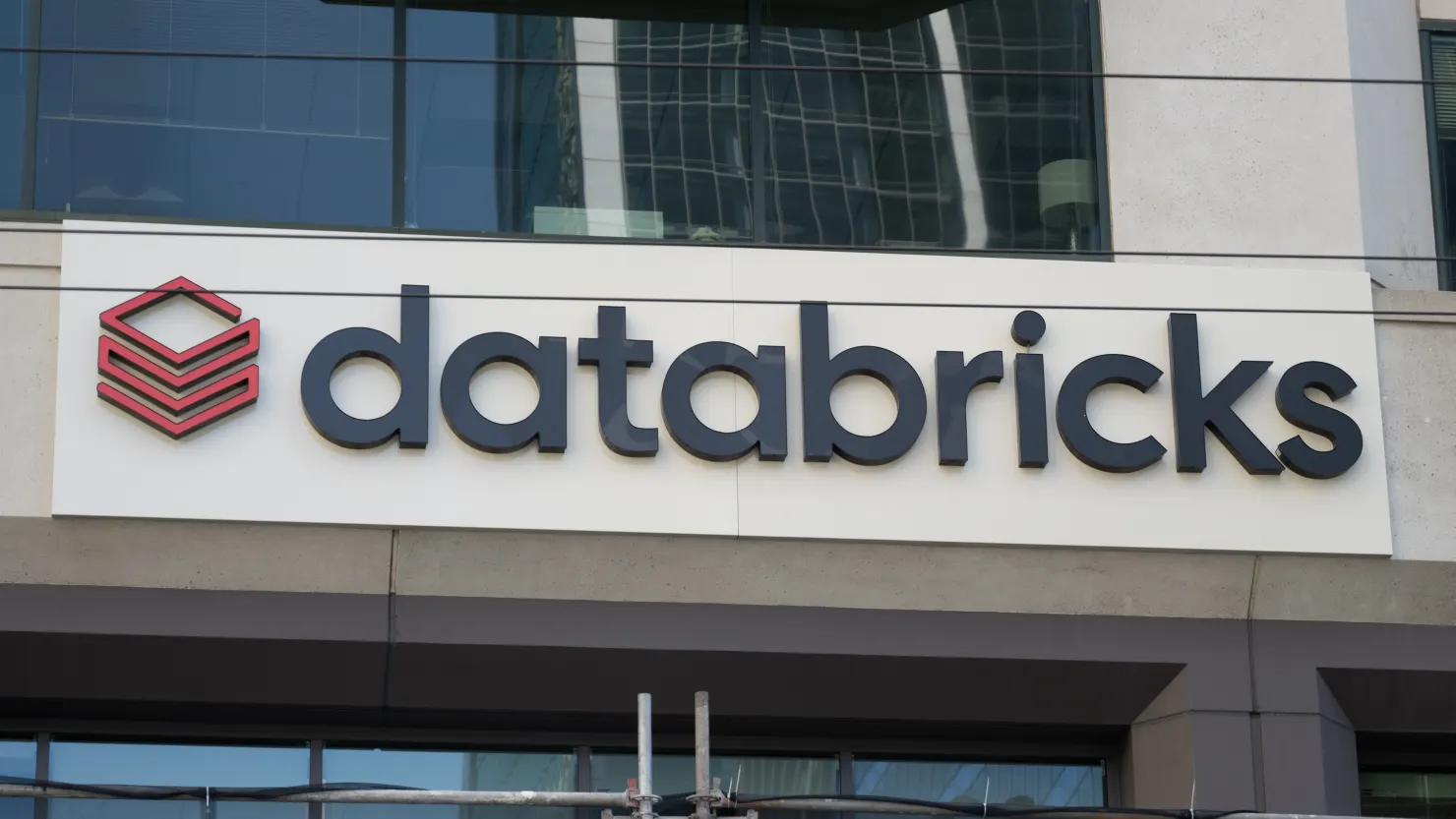
As data volumes grow and AI adoption expands, organizations are re-evaluating their information management strategies. Databricks has become a favored platform for unifying data, accelerating machine learning, and optimizing costs. The company projects its annualized revenue will reach $3.7 billion by July 2025, reflecting a 50% year-over-year increase and underscoring the rising interest in data utilization.
Real Drivers behind Enterprise Adoption
Unified Data Governance
Most enterprises struggle with fragmented data environments – legacy warehouses, data lakes, and siloed BI tools often coexist without clear ownership or lineage. Databricks addresses this by centralizing governance across all data assets through Unity Catalog.
- Metadata, access policies, and audit trails are managed in one place.
- Teams can collaborate on shared datasets without compromising compliance.
- Auditability and lineage tracking help meet internal risk controls and external regulations.
Integrated AI and ML Workflows
Traditional data platforms often separate storage from compute and analytics from model training. Databricks consolidates these steps, making it easier to build AI/ML applications on production data.
- Data scientists and engineers work in the same environment, using shared notebooks and pipelines.
- MLflow, built into the platform, supports model experimentation and lifecycle tracking.
- Real-time data streaming enables more responsive, adaptive models.
Cost and Architecture Efficiency
Managing separate platforms for data warehousing, streaming, and machine learning inflates both infrastructure and operational costs. Databricks reduces system complexity by using an open Lakehouse architecture.
- Storage and compute scale independently, avoiding over-provisioning.
- Open formats like Delta Lake prevent vendor lock-in.
- Consolidating workloads lowers the total cost of ownership over time.
Databricks Industry Use Cases
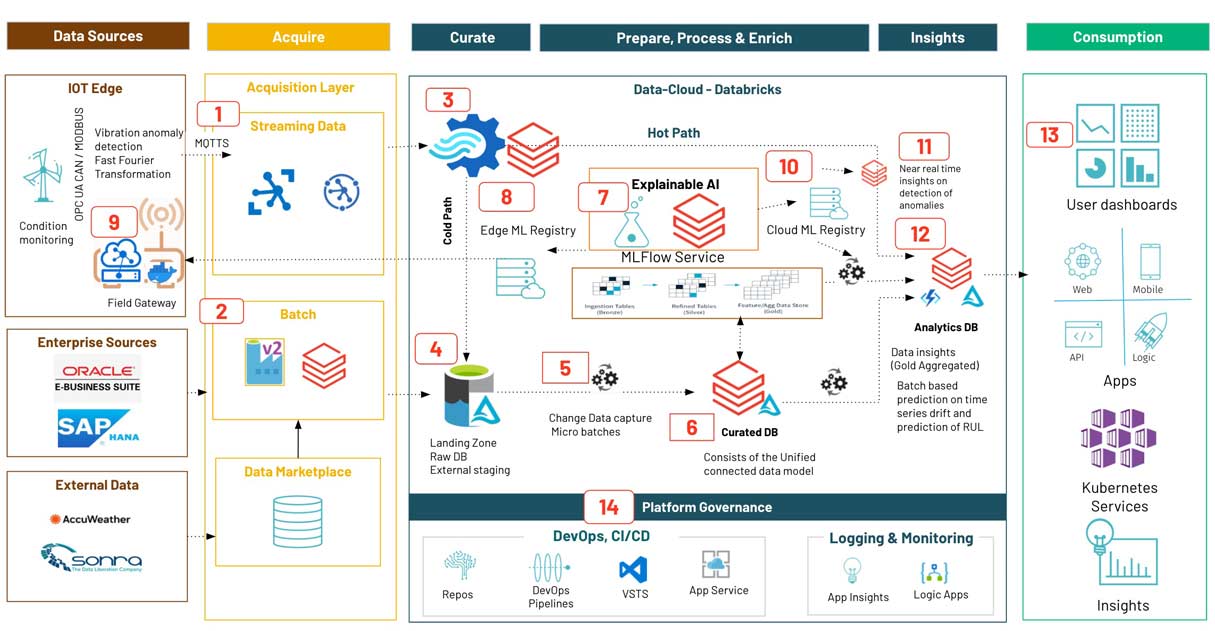
Financial Services: Risk Modeling and Regulatory Reporting
A global bank used Databricks to consolidate its risk analytics and compliance reporting. Previously, models were built in silos and audits required manual reconciliation. With Databricks:
- All risk data, from trades to credit ratings, was centralized in Delta Lake.
- Model transparency improved through tracked MLflow experiments.
- Compliance teams accessed governed datasets directly, cutting reporting cycles significantly.
Retail: Real-Time Personalization
A multinational retailer adopted Databricks to deliver real-time product recommendations across digital channels. Legacy systems couldn’t process behavioral data fast enough. Using Databricks:
- Clickstream data was ingested and processed in near real-time.
- ML models were retrained daily to reflect shifts in consumer behavior.
- Personalized offers led to a lift in conversion rates during targeted campaigns.
Manufacturing: Predictive Maintenance
An industrial equipment provider leveraged Databricks to predict machine failure across its global fleet. Sensor data from thousands of machines needed to be processed continuously. With Databricks:
- Streaming ingestion pipelines were built to handle edge data.
- ML models flagged anomalies based on historical failure patterns.
- Downtime was reduced across high-priority production lines.
How Databricks Works with Its Partners
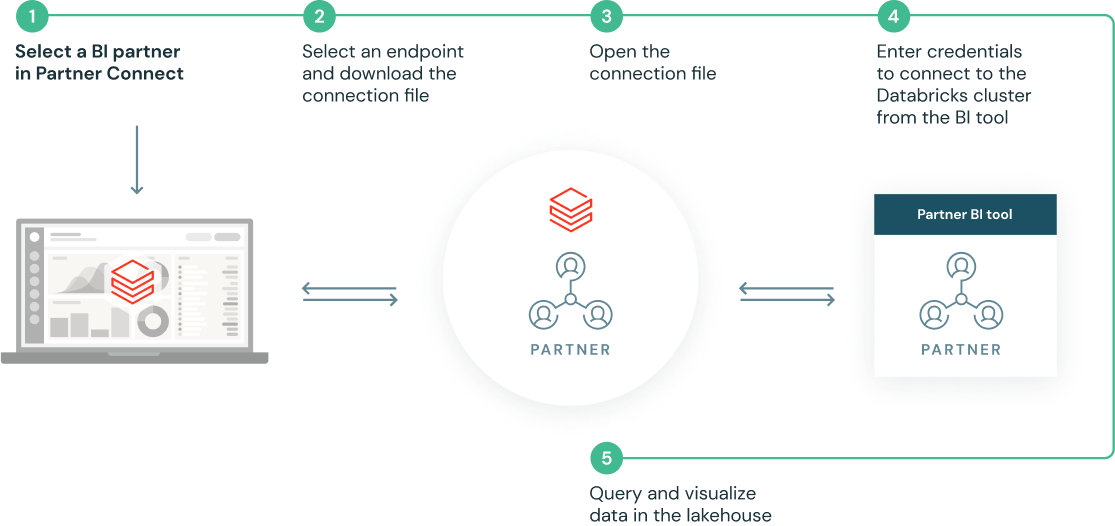
Databricks Partner Categories
Databricks partners fall into three core categories – consulting, technology, and cloud, each playing a focused role in how the platform is adopted and used.
Consulting Partners
These firms lead implementation. They handle everything from data migration to model development, aligning technical execution with business priorities. Many also offer managed services for long-term support. Examples include Accenture, Deloitte, and Slalom.
Technology Partners
These partners integrate Databricks with other tools in the data stack. That includes ingestion platforms (like Fivetran), BI tools (like Power BI and Tableau), and data governance solutions. The goal: make Databricks interoperable across the enterprise.
Cloud Partners
Databricks runs natively on AWS, Azure, and Google Cloud. These providers offer the infrastructure, identity services, and marketplace integrations that support secure, scalable deployment.
Databricks Partner Portal
Partners can access the Databricks Partner Portal, which offers resources and tools designed to help them grow their businesses and deliver value to customers. In short, it serves as a central hub for partners to find information, training, and support related to Databricks. This enables them to effectively integrate and utilize Databricks solutions.
The Databricks Partner Portal offers the following benefits:
- Opportunity Registration: Partners can register their sales opportunities to access program benefits, which may include accelerated engagement with the Databricks sales team.
- Education & Training: The portal provides resources for both technical and sales training in Databricks Partner Academy, helping partners improve their expertise and skills in using Databricks.
- Partner Resources: A comprehensive collection of materials, including documentation, best practices, and marketing tools, is available to assist partners in their engagements with Databricks.
- Partner Virtual Assistant: An AI-driven tool designed to help partners quickly find answers to their questions.
Top 10 Databricks Partners
We’ve listed out 10 Databricks partners with diverse experience and capabilities from the 3 partnership categories.
Databricks Consulting Partners
GEM Corporation

Top Databricks official partner GEM Corporation is a global technology services provider dedicated to helping enterprises unlock business value through data, cloud, and AI-driven solutions. Since its founding in 2014, the company has successfully completed over 300 projects in more than ten countries, serving clients in various sectors, including finance, manufacturing, logistics, retail, and telecommunications. GEM Corporation boasts a team of over 400 technology professionals, whose expertise includes data platform modernization, enterprise application development, and intelligent automation. The firm’s capabilities cover the entire technology lifecycle, from digital strategy and architecture redesign to advanced analytics, machine learning, and cloud-native development.
The integration of Databricks into GEM’s ecosystem strengthens its ability to deliver unified data and AI platforms across industries. By leveraging the Databricks Lakehouse architecture, GEM simplifies big data management while supporting performant, collaborative analytics workflows.
Accenture
Accenture is a global professional services company known for its deep expertise in strategy, consulting, digital, technology, and operations. With a presence in more than 120 countries, Accenture works across industries to help organizations build resilience, drive innovation, and scale digital transformation.
In partnership with Databricks, Accenture focuses on delivering industry-specific solutions by integrating the Databricks Lakehouse Platform with its own AI and cloud capabilities. This collaboration helps enterprises unlock data value, break down organizational silos, and build full-stack AI applications. By combining scalable data engineering with operationalized machine learning, Accenture supports clients in modernizing their digital core and accelerating data-driven decision-making.
Deloitte
Deloitte is one of the “Big Four” professional services firms, offering audit, consulting, tax, and advisory services across industries. Known for its expertise in business transformation, Deloitte helps global organizations navigate complexity through technology, analytics, and risk management.
Deloitte’s alliance with Databricks centers on building enterprise-grade data and AI platforms that support both immediate use cases and long-term strategic goals. The collaboration combines Databricks’ unified architecture with Deloitte’s expertise in data governance, cloud migration, and advanced analytics, enabling businesses to achieve outcomes such as automated reporting, intelligent forecasting, and scalable machine learning systems.
Avanade
Avanade is a joint venture between Accenture and Microsoft, specializing in Microsoft technologies and enterprise digital transformation. With a strong focus on cloud, AI, and modern workplace solutions, Avanade serves clients across sectors with a blend of technical depth and business insight.
The Databricks–Avanade partnership focuses on helping clients operationalize machine learning and build enterprise data strategies using Azure Databricks. Avanade brings expertise in large-scale data engineering and offers a library of industry-specific models and pipeline templates. This collaboration supports full lifecycle AI development, from proof of concept to production, tailored to business outcomes and driven by Azure-native capabilities.
Databricks Technology Partners
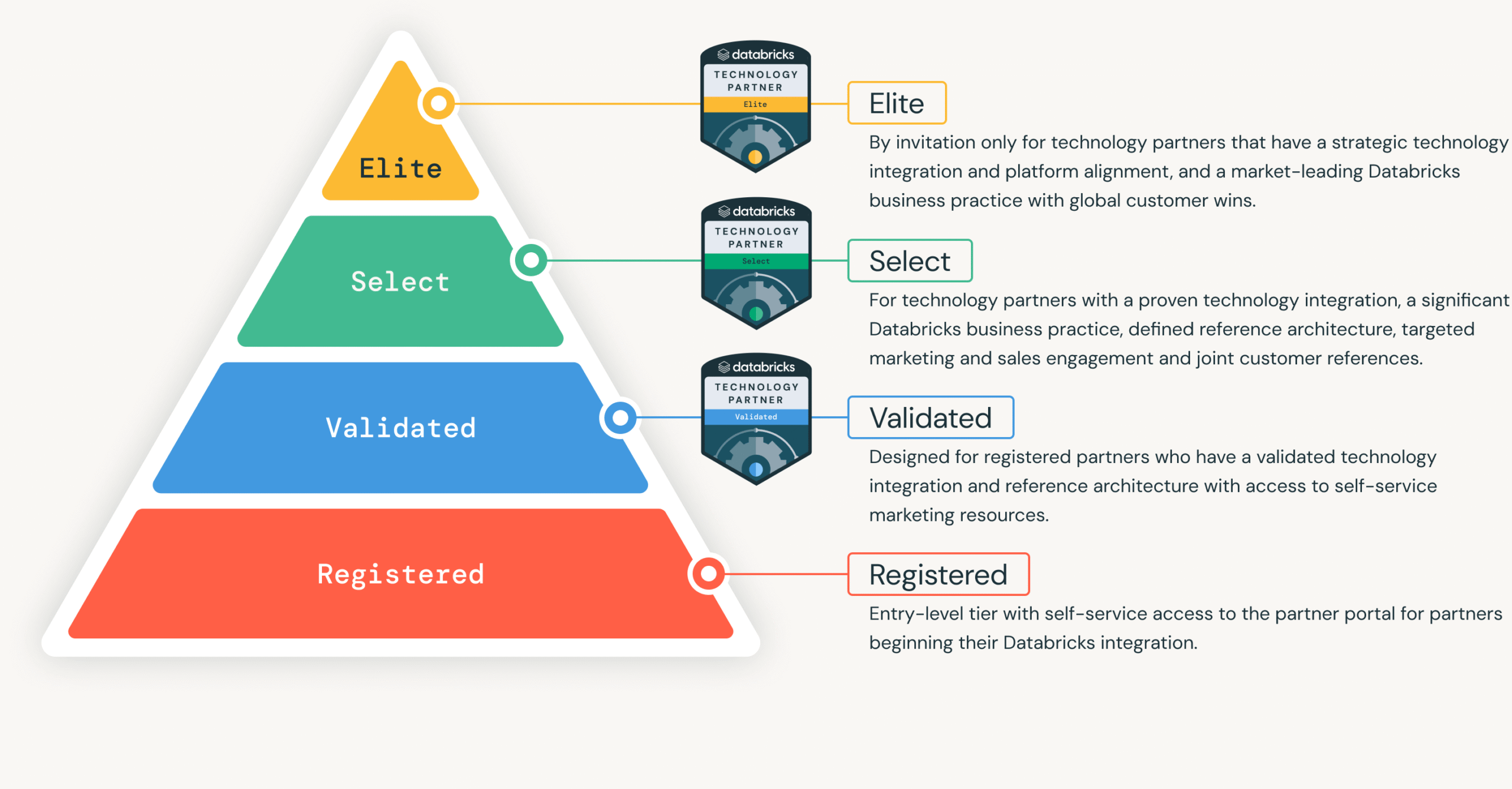
Salesforce
Salesforce is a global leader in customer relationship management (CRM) software, known for its cloud-based applications that help businesses streamline sales, service, marketing, and commerce. Its ecosystem includes platforms like Sales Cloud, Service Cloud, and Salesforce Data Cloud, enabling unified customer experiences across channels.
Salesforce and Databricks have strengthened their partnership by introducing zero-ETL data sharing in Salesforce Data Cloud. This feature lets businesses combine real-time customer data from Salesforce with operational and behavioral data from the Databricks Lakehouse Platform. The new “Bring Your Own Model” (BYOM) integration also lets teams build and train models in Databricks and seamlessly incorporate them into Salesforce workflows.
Langchain
LangChain is an open-source framework designed to simplify the development of applications powered by large language models (LLMs). It provides tools to connect LLMs with external data sources, APIs, and memory, making it easier to build dynamic, context-aware AI applications.
As a Databricks technology partner, LangChain supports developers building generative AI chatbots that interact with enterprise data stored in the Databricks Data Intelligence Platform. This integration allows teams to build applications that can reason over complex datasets, generate responses, and support natural language interfaces with enterprise-grade security.
Tableau
Tableau, a Salesforce company, is widely used for its intuitive, interactive dashboards and self-service analytics capabilities. It helps organizations visualize and explore data to uncover insights and make faster decisions.
Tableau integrates directly with the Databricks Lakehouse Platform, enabling users to connect to live data and visualize insights without exporting or replicating datasets. This connection supports use cases ranging from operational dashboards to advanced analytics. Tableau also supports embedding Databricks machine learning models, allowing teams to bring predictive insights into everyday decision-making. The integration aligns with Databricks’ open lakehouse architecture, combining governed data, AI, and visualization in a single workflow.
Darabricks Cloud Partners
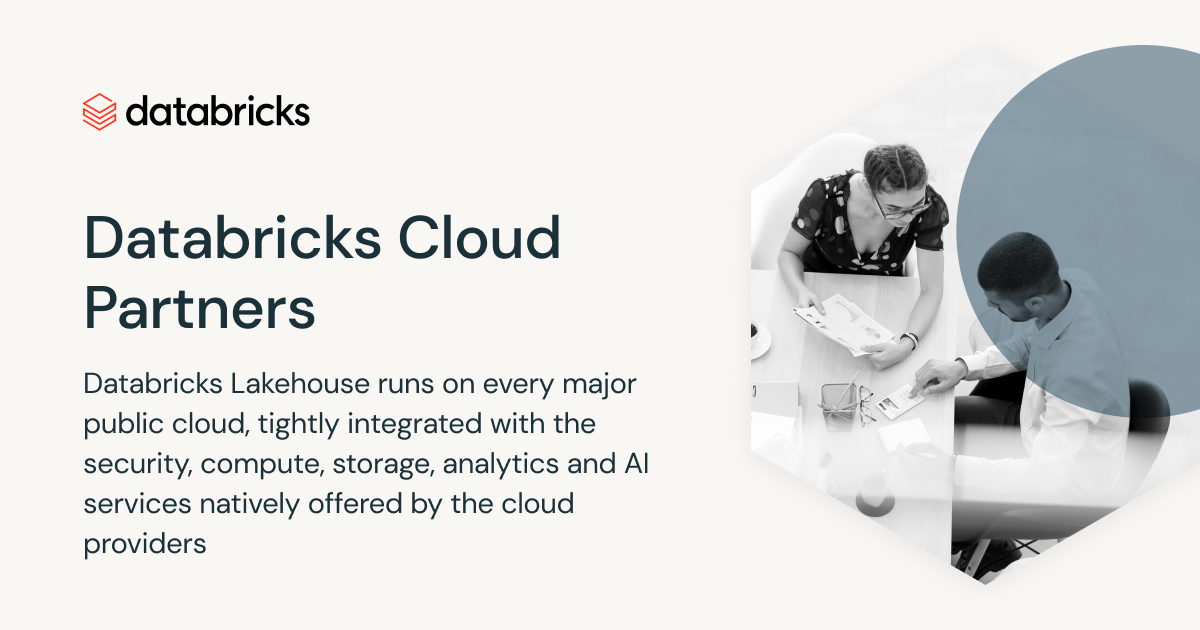
AWS
AWS is the world’s leading cloud infrastructure provider, known for its global scalability, breadth of cloud services, and strong developer ecosystem. It supports enterprises across industries in building secure, high-performance applications in the cloud.
Databricks on AWS offers a fully managed lakehouse platform that brings together data engineering, business intelligence, and machine learning in a single environment. With native integration into AWS services such as S3, IAM, and CloudWatch, organizations can build AI and analytics pipelines that scale with demand while maintaining enterprise-grade security and governance. This partnership supports flexible deployment patterns, optimized performance, and access to the full AWS ecosystem.
Microsoft Azure
Microsoft Azure is a leading enterprise cloud platform with a strong footprint across regulated industries and hybrid environments. It offers a broad portfolio of cloud services that support infrastructure, data, and AI workloads across public and private environments.
Azure Databricks is a first-party joint product between Databricks and Microsoft. Built natively into the Azure ecosystem, it allows organizations to unify their data, analytics, and AI workflows on a single lakehouse architecture. The integration with Azure services, such as Azure Synapse, Azure Machine Learning, and Azure Active Directory, gives customers a seamless experience from data ingestion to application deployment. This native alignment also simplifies procurement, governance, and security for Microsoft-centric enterprises.
Google Cloud
Google Cloud is known for its data-first architecture, strong AI/ML capabilities, and open-source leadership. It powers a wide range of cloud-native applications and is favored by digital-first businesses looking to accelerate innovation.
Databricks on Google Cloud offers a unified lakehouse platform that integrates directly with Google Cloud Storage, BigQuery, and Vertex AI. The joint service is optimized to run analytics and AI workloads in a single environment, without the need to duplicate or move data across systems. Organizations benefit from a tightly integrated stack that supports real-time analytics, scalable machine learning, and collaborative development within the Google Cloud ecosystem.
Conclusion
As enterprises expand their use of data and AI, Databricks partners are shaping the direction of modern architecture by aligning tools, platforms, and expertise around a unified lakehouse approach. Their contributions support scalable, production-ready systems across industries. This ecosystem continues to grow as organizations look for ways to simplify complexity, strengthen governance, and move from data to decisions with greater speed and precision.
To discuss how GEM can support your Databricks journey, ready for Databricks partner connect?
